Freight rail understands the importance of maintaining strong, safe connections to every part of the supply chain. That’s why we never stop developing better ways to link our customers to the U.S. economy at large and protect the communities we serve.

Powering Safe, Seamless Connections Across the Economy
Investing in a better tomorrow, today
Freight railroads are a safe, cost-effective and sustainable transportation solution today and are investing billions of dollars for an even brighter future. Rail is more than a service — it provides a robust, efficient and climate-friendly way to keep American industries connected. When freight rail works, America works.
Safety-Focused
An industry-wide culture of safety protects communities, workers and the environment, and the industry is continually working to make safety improvements. Innovative technologies, rigorous training and sustained investment are helping drive us closer to our goal of an accident-free future.
Sustainable Transportation
Rail is the most fuel-efficient way to move freight over land, with railroads carrying the load of more than several hundred trucks and moving one ton of freight an average of nearly 500 miles per gallon of fuel. Efforts to preserve the environment and mitigate climate change are bolstered by innovations such as fuel management software and zero-emission cranes.
Economic Nexus
Freight rail serves as a critical connector in our fast-paced global economy. We’ve invested more than $23 billion a year over the past five years into our network to bring U.S. companies and global businesses together.
Customer Focused
Rail customers have the cost-effective transportation options that are necessary in today’s competitive, ever-changing economy. Since the Staggers Act was passed in 1980, average rail rates adjusted for inflation have fallen 40%. This means the average rail shipper can move much more freight for the same price it paid more than 40 years ago.
Vital Employer
Our workforce is diverse, highly skilled and technology-enabled, making the industry an appealing career path for varying walks of life. With competitive wages, benefits, growth opportunities and other incentives, railroads are working to attract and hire an even more skilled labor force.
Policy Enabled
Government policies can further strengthen railroads and their ability to serve customers by creating a balanced regulatory environment. Unleashing rail’s potential in the face of both short- and long-term challenges will boost the economy through safe and sustainable rail transportation solutions.
Harnessing Technology
We’re building the network of the future — today. By using a wide range of cutting-edge technologies — such as smart sensors and data analytics — we’re moving the rail industry, and the country, into a safer, more sustainable future with more reliable service for our customers.
Hauling what America needs today and tomorrow
As the heavy hauler, freight rail plays an essential role in the nation’s integrated transportation network of trains, trucks and barges that efficiently delivers about 61 tons of goods for every American each year. Rail’s economy of scale ensures that domestic businesses are competitive in the global economy and that consumers have an abundance of options wherever they choose to shop. Improvements made on the network today will help railroads meet future freight needs.
-
Intermodal
Intermodal uses multiple modes of transportation — trucks, ships and trains — to transport a variety of goods. Intermodal combines each mode’s unique strength to produce the most efficient freight movement for customers. Freight rail’s economy of scale, affordability and reduced carbon footprint has helped make intermodal one of its fastest growing segments. Investments, like on-dock rail service, will bring even more value to intermodal customers in the future.
https://www.aar.org/issue/freight-rail-intermodal/ -

Energy Products
As the country’s energy demands evolve, freight rail is doing its part to make sure Americans get the energy they need to power their homes, cars and lives. The industry moves up to 70% of ethanol transported in the U.S. and wind turbines for renewable energy. It also safely carries much of the nation’s crude oil, under rules as rigorous as those governing the transport of hazardous materials.
https://www.aar.org/issue/freight-rail-energy-industry/ -

Chemicals
Freight rail plays a critical role in safely transporting the vital chemicals necessary to produce countless chemical products, including fertilizers for farmers and plastic resins for manufacturers. More than 99.99% of all hazmat moved by rail reaches its destination without a release caused by a train accident, making rail a responsible choice when compared with other modes, like trucks. Freight railroads moved 2.3 million carloads of plastics, fertilizers and other chemicals in 2022.
https://www.aar.org/issue/freight-rail-chemical-industry/ -

Agricultural & Food Products
The partnership between railroads and food producers continues to benefit the country. Freight railroads deliver everything from canned goods to pet food. Railroads typically carry more than 60,000 carloads of food and agricultural products per week.
https://www.aar.org/issue/freight-rail-agriculture-industry/ -

Construction
Railroads transport a variety of construction materials, including steel, stone, non‐metallic minerals, wood products and plastics, as well as products such as household appliances. Freight railroads move around three million carloads of construction-related materials in a typical year.
https://www.aar.org/issue/freight-rail-construction-industry/ -

Automotive
From raw materials for parts to the finished vehicles themselves, railroads deliver it all for the automotive industry. Freight rail hauls nearly three-quarters of the new cars and light trucks purchased in the U.S., serving most of the more than 70 automobile manufacturing plants across North America. Thanks to recent addition of specialized rail cars that can be adjusted to maximize capacity, freight railroads are able to carry and deliver more vehicles, providing exceptional value for automotive customers.
https://www.aar.org/issue/freight-rail-automotive-industry/
Supporting Workers
Labor negotiations wrapped up at the end of 2022, and the gains in the agreement are significant, including historic wage increases, best-in-class healthcare, and meaningful progress in creating more predictable, scheduled work shifts. Without a doubt, there is more to be done to further address our employees’ work-life balance concerns, but it is clear this agreement maintains rail’s place among the best jobs in our nation.
Industry Overview
America’s freight railroads operate the most efficient, cost-effective network in the world. Constantly investing in an interconnected network of approximately 630 railroad companies, the rail network has received the highest grade from the American Society of Civil Engineers in its last two report cards. In order to deliver goods to ports and distribution centers nationwide and serve communities and businesses of all sizes, it takes a mix of different types of railroads to get the job done.
Class I
The interconnected freight rail network includes six Class I railroads (railroads with 2021 revenue of at least $900 million). Class I railroads account for around 68% of freight rail mileage, 88% of employees and 95% of revenue. Class I railroads operate in 49 states and the District of Columbia.
Short Line & Regional
Approximately 615 short line railroads (Class II and III). Short lines and Class I railroads operate in 49 states and the District of Columbia, with short lines running over about 44,000 route miles and Class I railroads running over about 92,000 route miles.
Switching & Terminal
Many ports and industrial areas include their own small railroads that pick up and deliver goods. This type of railroad also moves traffic between other, larger railroads.
Passenger
Of the more than 21,000 miles on which it operates, Amtrak owns approximately 655 miles, primarily in the Northeast and Michigan. Some of the remaining miles are owned by states or regional transportation authorities, but the vast majority are owned by freight railroads. 70% of the train-miles operated by Amtrak are on tracks owned by these host railroads.
Suppliers
Railroad suppliers play a critical role in keeping freight rail operations safe and efficient. Suppliers across the nation provide complex communications and signaling systems, mechanical and maintenance equipment, railcars, locomotives and all the components necessary to keep freight railroads moving across the 140,000-mile network. America’s railroad suppliers include large and small manufacturers and represent a $28 billion a year industry that supports more than 100,000 American workers.
Railroad Companies
-
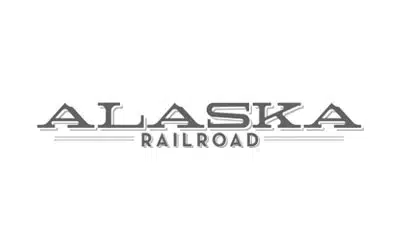
 Alaska Railroad
Alaska Railroad -

 Amtrak
Amtrak -

 Anacostia Rail
Anacostia Rail -
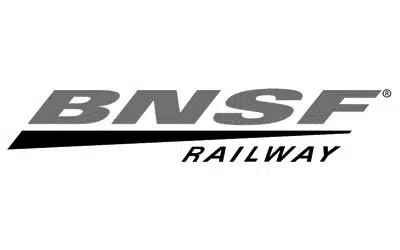
 BNSF Railway
BNSF Railway -

 Canadian National Railway
Canadian National Railway -

 CPKC
CPKC -

 CSX
CSX -

 Ferrocarril del Istmo de Tehuantepec
Ferrocarril del Istmo de Tehuantepec -

 Ferrovalle
Ferrovalle -

 Florida East Coast Railway
Florida East Coast Railway -
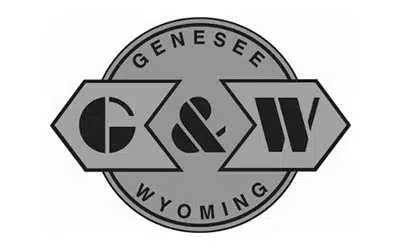
 Genesee & Wyoming
Genesee & Wyoming -
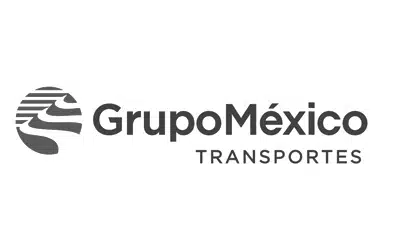
 Grupo México Transportes
Grupo México Transportes -

 The Indiana Rail Road Company
The Indiana Rail Road Company -
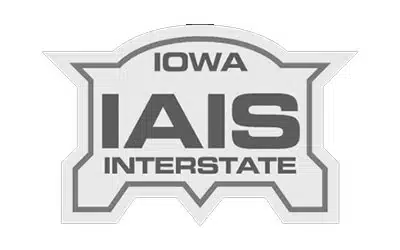
 Iowa Interstate
Iowa Interstate -
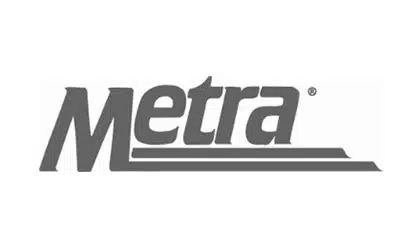
 Metra
Metra -

 Norfolk Southern
Norfolk Southern -

 RJ Corman
RJ Corman -

 Union Pacific
Union Pacific -

 Vermont Rail System
Vermont Rail System -

 Watco Companies
Watco Companies -

 Wheeling & Lake Erie Railway
Wheeling & Lake Erie Railway